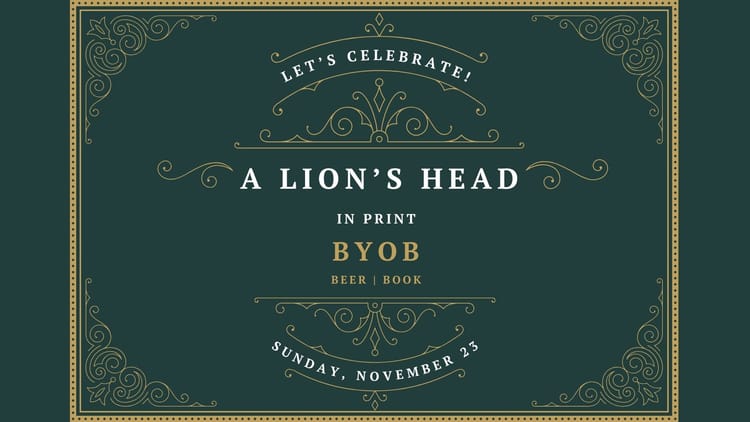The Revision Check-List

Be Objective
First, ensure this isn’t a knee-jerk reaction to the slew of rejection letters. The first 20 I received were form responses. I revised. The next batch received more personalized feedback. I revised. The final batch received an ‘if you revise this manner, please resubmit.’ In a separate response, I was provided with a link to a document for edits that an agent red flags prior to rejection. I see this as progress.

The Rules
The story stays the same. I keep my style, my voice, my quirks.
The Check List
Please note: This is not an extensive list. I have not included all the spelling, grammar advice, dialogue tags, tense, and use of commas in this list. Helpful tools like Grammarly take care of many of these in real-time editing. These are things AI can not help you with.
- Initial Context/Set-up
- Historical Accuracy
- Cultural Terms
- Balance Narrative Voice: Interiority / Exteriority
- Backstory Dump
- Remove/Revise Crutch Words
- Passive Point of View
Initial Context/Set-up
Do my opening paragraphs/pages (think first 5–20 pages or first three chapters) give enough context or set-up for the reader to understand and care about what is happening? Am I throwing too much at the reader before giving them a reason to invest in the characters? Am I pushing my reader to skim over unnecessary details?
What details can I push to later chapters? What can I convey via a scene or dialogue? What absolutely must be told and not shown? Are there details being introduced that make no difference to the story? What can I cut? Am I explaining how sausages are made?
Historical Accuracy
I thought I was pretty decent at researching and referencing for historical accuracy. I received feedback on innocuous elements in a short story.
My Fix
Reverse-research elements that I have introduced. Sanity check to see if they’re essential to the story. If they’re not, question whether they’re needed and remove.
I was wrong about the Egyptian Vultures. What else was I wrong about? Horses don’t eat clover; it’s too bitter. What?! It’s super easy to get things wrong. Are you dependent on your editor to check these things? That makes it too easy to get it wrong. I had three readers review the piece before I submitted it.
Cultural Terms
I wrote a story based in Ireland and received feedback that there were too many Irish names and terms. What is it like from a South Asian (and more unknown) context? Granted, Saoirse, which means freedom and has great meaning in the story, is a hard name to pronounce.
What should I say in plain English? What should I use the term for? How can I simplify the naming conventions to make it easier for the readers? This is without losing the cultural context.
Balance Narrative Voice: Interiority / Exteriority
Sudden shifts from inner thoughts to description can off-balance the reader. A case in point was my writing from Bob’s point of view, only to switch to describing Dylan’s clothing, which put the reader off. Cross-check narrative voice and check for consistency. If I’m writing from Bob’s point of view, then perhaps Bob can have opinions on Dylan’s clothing.
Keep the reader in the back seat and not grabbing for the clutch. Highlight sudden shifts of POV and then think about how I need to revise with a goal in mind.
Backstory Dump
I meet you at random. During our interactions, I will learn something funny and memorable about you. I won’t remember details like what car you drive, what makeup you wear, or that you studied engineering and ended up working as an accountant in the mining industry. But I will always remember that you are crazy about Winnie the Pooh; even in your 40s, you have the characters painted on your toes.
What must the reader know to make the character memorable at this moment? What does the reader need to know to move the scenes forward so they can be curious about what has happened and what will happen? When is it appropriate to dump some intel because we’ve gotten to the point where the reader is stamping their hoof and demanding it?
Remove/Revise Crutch Words
I’m guilty of using ‘that’ and words that end with ‘-ly.’ I began my revisions by searching for these and highlighting them in bright green. Then, I work my way through removing or rewriting those sentences.
Replace with a stronger or more descriptive verb or phrase. Remove if it’s not essential to the story/sentence. In most cases where ‘that’ is used, the word can be removed altogether without affecting the sentence.
A few more zingers:
- Remove prepositional phrases (to her, at him, for her). She gave him the gift.
- Reword sentences that contain (tried to, began to, started to). She ran away.
- Actions involving eyes should require one’s gaze. She gazed longingly at the chocolate bar.
- Give the cause before the effect/result. The bomb went off, and he jumped.
Passive POV
Phrases that include ‘hears, smells, touches, and thinks’ are warning signs that you’re not adequately reflecting through the character’s point of view when you write.
Mark dropped his coffee mug when the crow hit the window. (What Mark sees is implied).
Highlight words like ‘saw, watched, noticed, heard, felt, decided, realized’. Revise for a tighter copy.
Keep it Simple
These revisions do not include complete rewrites of the characters' points of view or scenes. That said, they might spur me to rewrite entire plot sections, and I may do that. In the past, revisions have added over 1000 words to my manuscript.
Remember…
YOU CAN CHANGE ANYTHING ANYTIME.
-D.M. De Alwis
What to read next...








Member discussion